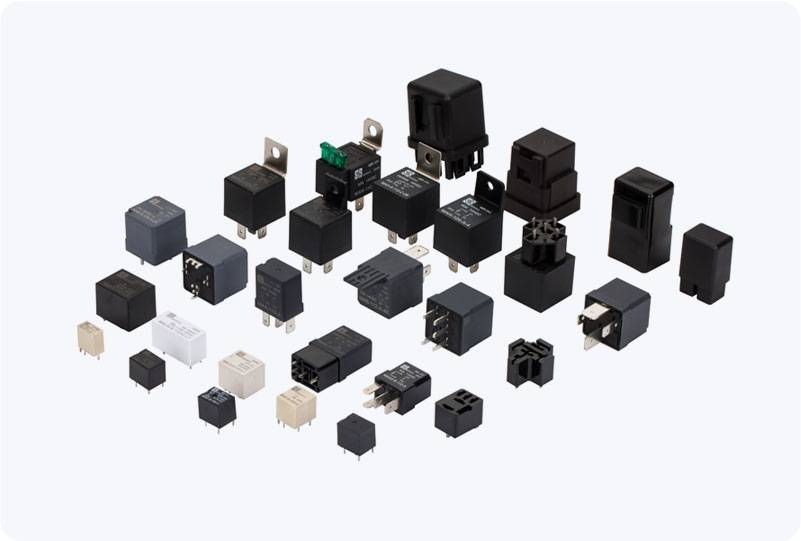Automation relay, an essential component in industrial control systems, plays a critical role in modern automation. These devices enable the smooth functioning of complex systems by automatically switching circuits, protecting equipment from electrical faults, and facilitating seamless communication between various components. This article delves into the workings of automation relays, their types, and their significance in industries today.

What is an Automation Relay? An automation relay is an electromechanical or solid-state device used to control electrical circuits automatically. At its core, a relay consists of a coil and one or more switches. When an electrical current flows through the coil, it generates a magnetic field, which in turn activates the switch. This mechanism allows relays to control high-power circuits with low-power control signals, thus ensuring the safety and reliability of electrical systems. Functions of an Automation Relay The primary functions of automation relays include: Control Functionality: Automation relays can act as intermediaries in controlling various electrical devices. For example, relays can switch on or off motors, lights, and other electrical equipment in response to signals from sensors or controllers.